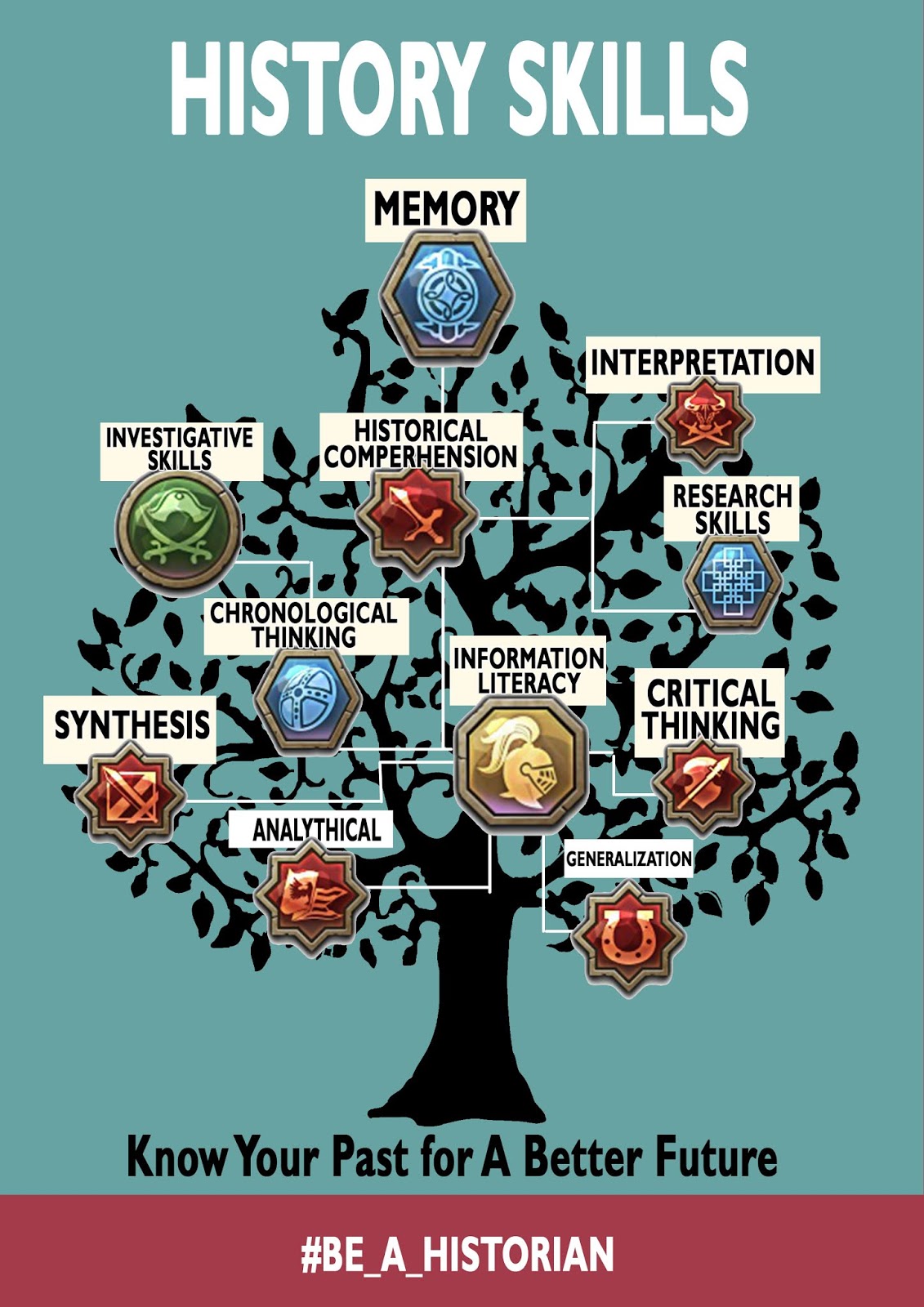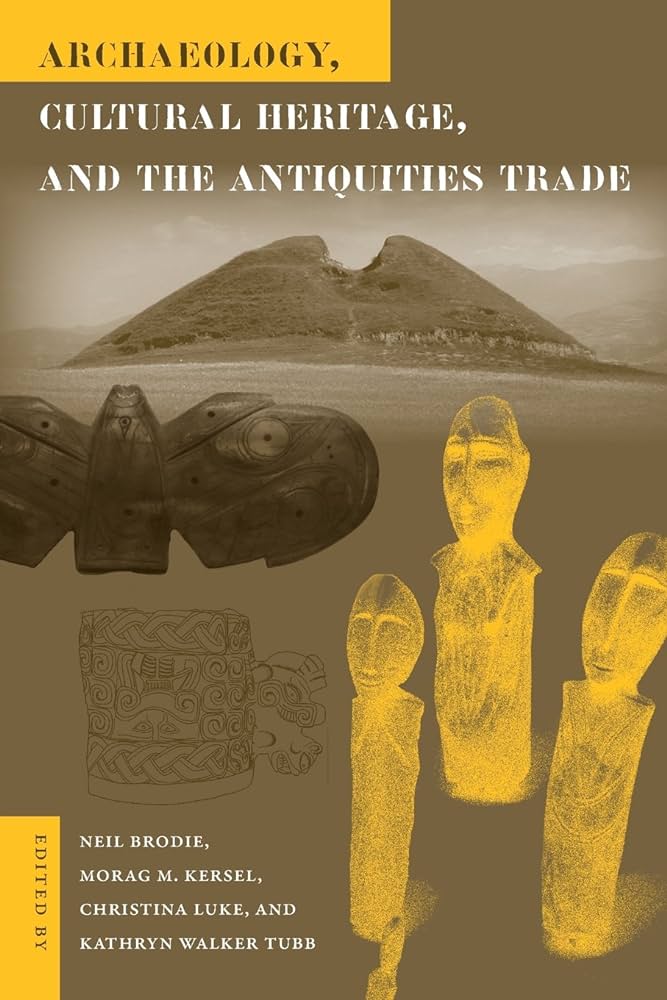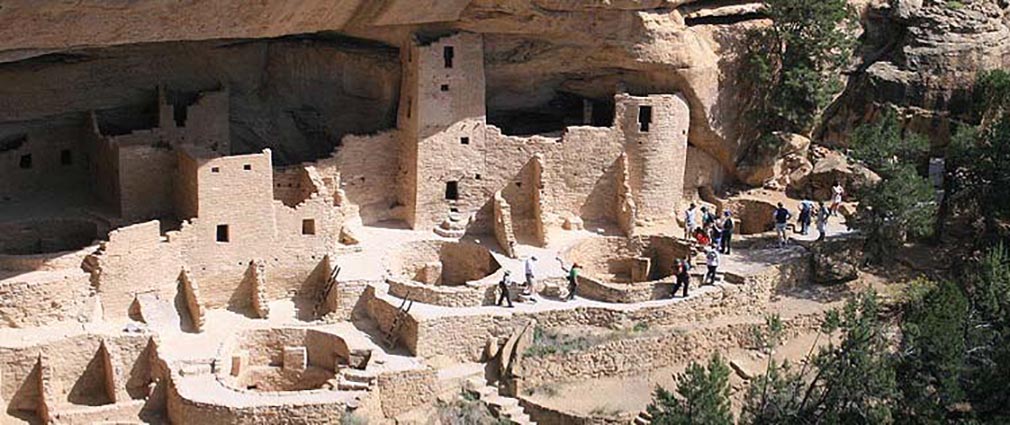Archaeology is an essential field of research that is aimed at understanding the past and how humans interacted with their environment. Over the years, archaeologists have developed various research methods aimed at uncovering and interpreting ancient artifacts, structures, and various other elements that provide insights into the past. In this blog post, we will explore archaeological research methods from a historical perspective.
1. Excavation:
Excavation is the removal of archaeological materials from a site using specialized tools and techniques. This method has been in use since the 19th century, and it is still widely used by archaeologists today. Excavations are carried out carefully and meticulously to guarantee that artifacts are not damaged or destroyed during the process.
2. Survey:
Archaeological surveys involve mapping and documenting archaeological sites. This method is essential in understanding the distribution, spread, and extent of ancient civilizations. Various techniques are employed in archaeological surveys, including aerial surveys, ground surveys, geophysical surveys, and remote sensing surveys.
3. Stratigraphy:
Stratigraphy is a dating technique that involves analyzing layers of soil and sediment that have been deposited over time and discovering artifacts within each layer. This method is crucial in understanding the age, sequence, and development of archaeological sites.
4. Radiocarbon Dating:
Radiocarbon dating is a method of dating organic materials whose age cannot be determined using other methods. The technique is based on the decay rate of carbon-14, a radioactive isotope of carbon that is present in small quantities in all living things.
5. Ethnoarchaeology:
Ethnoarchaeology involves studying modern-day cultures and societies to understand how past cultures likely functioned. This method helps archaeologists develop a framework for interpreting the material culture of ancient societies.
In conclusion, the field of archaeology has undergone significant transformations over the years, with new technologies and methods emerging. The methods mentioned above are just a few of the various techniques used by archaeologists to understand the past. The utilization of research methods from a historical perspective provides valuable insights into the development of archaeology as a scientific discipline. By understanding the processes that preceded the current methods, researchers can gain a more profound appreciation of the field and its evolution over time.











